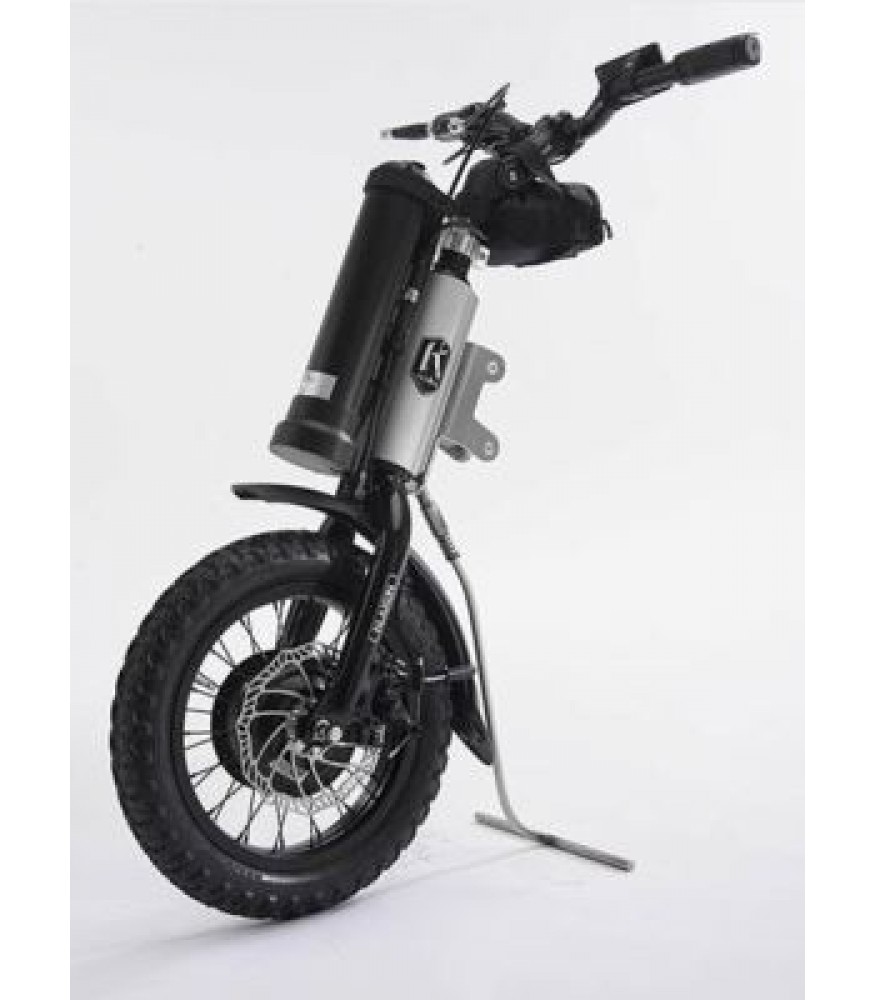
Klaxon Klick Electric Wheelchair Power Assist
Priced from
£3,500.00
What we say
Electric wheelchair power assist.
ADD FOR COMPARISON
EPC
If you are a national retailer who is not listed please read our faqs to find out how to add your company. If you are listed and need to update your details please read how to update your listing.
Product Information
Manufacturer's Product Description
The manufacturer has not provided any further information about this product
Manufacturer's Contact Details
Klaxon Mobility GmbH
Europastrasse 12
High Tech Campus Villach
Villach
9524
Austria
+4306644681294 info@klaxon-klick.comKey Features
- designed to attach to manual and foldable wheelchairs
- adjustable handlebar
- multi-function LED control
- LCD display
- five speed settings
- reverse gear
- bell
- kickstand
- splash guard
- battery and battery charger
Product Dimensions
| Dimensions | |
|---|---|
| Capacity | 120kg |
| Height | 90cm |
| Length | 40cm |
| Maximum speed | 16km/h |
| Weight (kg) | 9.2kg |
| Width | 50cm |
| Power and Function | |
| Range | 25km |
Product Specification
No product specification has been specified.